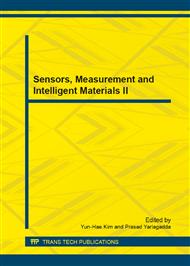p.1713
p.1717
p.1721
p.1725
p.1729
p.1734
p.1738
p.1743
p.1747
The Risk Assessment of High-Tech Project Based on Comprehensive Evaluation of Fuzzy and Gray Model
Abstract:
High-tech projects have high risks involving wide range of links, high expense of investment, long period of development and production cycle, complicated operation system, etc. When evaluating the project's risk, a separate gray method or fuzzy theory model is not comprehensive, it should combine the gray method with the fuzzy evaluation model. From the fuzzy evaluation and gray evaluation method the gray clustering statistic could be obtained by use of grey cluster theory. It is necessary to construct fuzzy membership matrix of risk and establish a fuzzy and gray comprehensive evaluation method, and adequately adopt expert's evaluation information of the fuzziness and grayness. Finally, using concrete empirical analysis in aviation armament project risk assessment, the feasibility and the correctness of the model are verified.
Info:
Periodical:
Pages:
1734-1737
Citation:
Online since:
December 2013
Authors:
Keywords:
Price:
Сopyright:
© 2014 Trans Tech Publications Ltd. All Rights Reserved
Share:
Citation:


